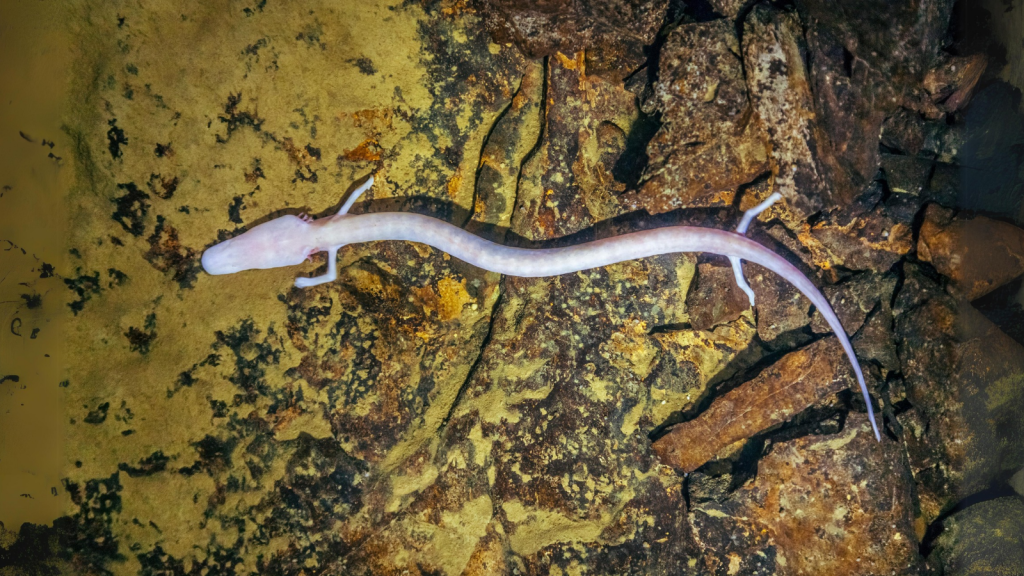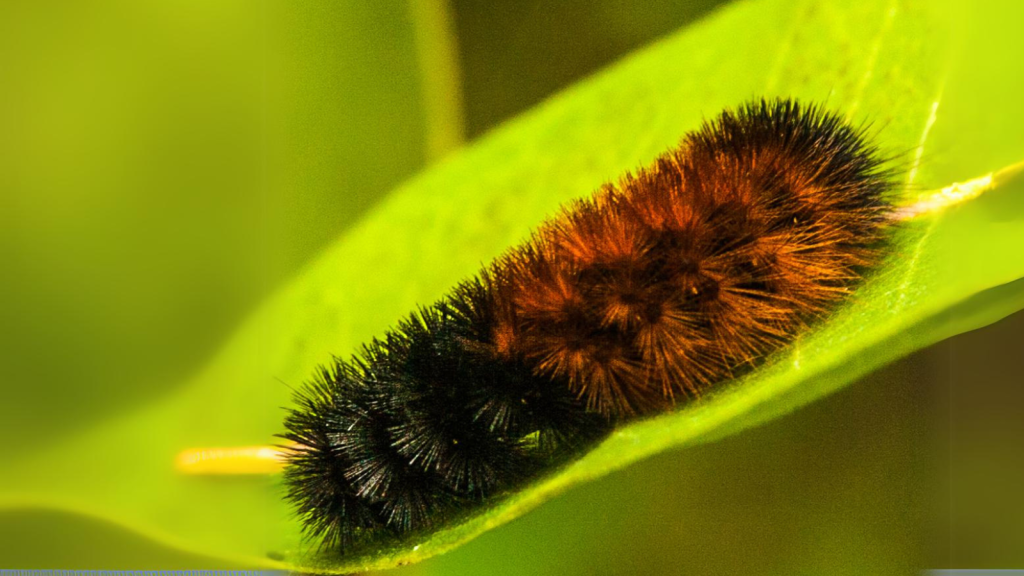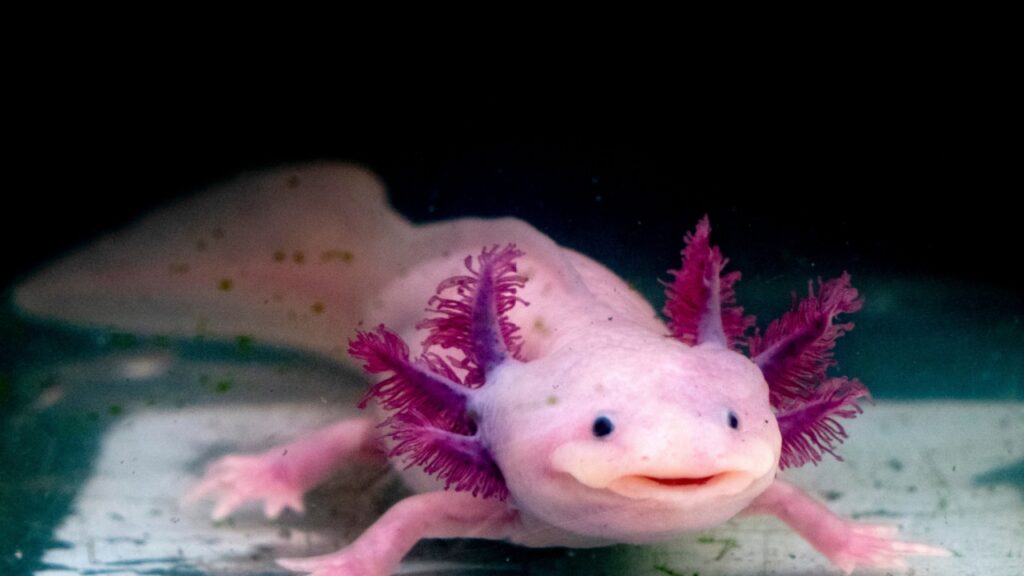Nature never fails to amaze us with its incredible adaptations. While most creatures need regular meals to survive, some animals have evolved the remarkable ability to go without food for extended periods. These masters of fasting can endure months or even years without a single bite. From tiny organisms to larger beasts, these survival experts have developed unique strategies to weather long periods of scarcity. Get ready to be astonished by these 16 animals that can outlast even the most stubborn hunger strike!
Tardigrades

These microscopic “water bears” are the ultimate survivors. Tardigrades can enter a state of cryptobiosis, essentially shutting down their metabolism and surviving without food or water for up to 30 years. They’ve been found everywhere from mountain tops to deep sea trenches, and can even survive the vacuum of space! This remarkable ability has made tardigrades a subject of intense scientific study, with researchers hoping to apply their survival mechanisms to fields like medicine and space exploration.
Olms

Also known as “human fish,” these pale, blind salamanders inhabit underground caves in Europe. Olms have incredibly slow metabolisms and can go without food for up to 10 years. They move very little and can lower their heart rate to just two beats per minute to conserve energy. These fascinating creatures also have the ability to regenerate lost limbs and organs, making them a valuable subject for regenerative medicine research.
Arctic Wooly Bear Moths

These fuzzy flyers spend most of their lives as caterpillars in the harsh Arctic environment. They can survive up to 14 years in a frozen state, thawing out briefly each summer to feed and grow a bit before freezing again. Talk about a drawn-out childhood! This incredible adaptation allows them to withstand temperatures as low as -60°C and makes them one of the few insects found in the High Arctic.
Frogs

Several frog species can survive long periods without food by entering a state of estivation. The African bullfrog, for example, can burrow underground and survive up to seven years without eating. They secrete a protective mucus cocoon to prevent water loss during this time. During estivation, these frogs can also absorb oxygen through their skin, allowing them to breathe even when buried deep underground.
Crocodiles

These ancient reptiles are champions of energy conservation. In times of scarcity, they can slow their heart rate to just two or three beats per minute and survive 1-2 years without food. Their bodies are incredibly efficient at storing and using energy. Crocodiles can also shut down parts of their brain to conserve even more energy, entering a state of dormancy that allows them to survive extreme conditions.
Gila Monsters

Native to the deserts of North America, these venomous lizards can store fat in their tails and live off these reserves for up to three years. They have very low metabolic rates and spend most of their time in underground burrows to conserve energy. Gila monsters also have a unique venom that contains a compound now used in a medication for type 2 diabetes, showcasing the potential medical applications of these remarkable creatures.
Emperor Penguins

Male emperor penguins endure Antarctica’s brutal winter without eating for up to 115 days while incubating their eggs. They rely on fat reserves and huddle together for warmth, losing up to half their body weight during this fasting period. To cope with the extreme cold, emperor penguins have four layers of overlapping feathers that provide excellent insulation, and they can recirculate warm blood to their extremities to prevent frostbite.
Galápagos Tortoises

These gentle giants can go without food and water for up to a year. Their slow metabolism and large body size allow them to store fat and water efficiently. In times of drought, they can even break down their own body tissues for nourishment. Galápagos tortoises have also evolved special adaptations in their digestive systems that allow them to extract maximum nutrients from the tough, fibrous plants they eat.
Lungfish

When their water habitats dry up, African lungfish can burrow into the mud and enter a state of estivation. They secrete a protective mucus cocoon and can survive without food for up to four years, breathing air through a small tube to the surface. During this time, lungfish can reduce their metabolic rate to just 1/60th of their normal rate, allowing them to conserve energy for extended periods.
Axolotls

These unique salamanders can regenerate lost body parts and survive without food for several months. They have very low metabolic rates and can absorb nutrients directly from the water through their skin and gills. Axolotls also possess the remarkable ability to regenerate their brain, heart, and spinal cord, making them invaluable in scientific research on tissue regeneration and healing.
Spadefoot Toads

These desert-dwelling amphibians can burrow underground and enter a state of estivation for up to two years. They form a protective cocoon of shed skin to prevent water loss and slow their heart rate to conserve energy. Spadefoot toads can also quickly absorb water through a specialized patch on their belly, allowing them to rehydrate rapidly when rain finally arrives.
Lake Sturgeon

These ancient fish can live for over 100 years and survive several months without food. They have very slow metabolisms and can enter a state of torpor in cold water, reducing their energy needs significantly. Lake sturgeon also possess a unique sensory organ called the ampullae of Lorenzini, which allows them to detect the electrical signals of prey buried in sediment.
Desert Snails

Some desert snail species can seal themselves inside their shells with a layer of mucus, entering a state of estivation that can last up to three years. They can slow their heart rates to just a few beats per minute to conserve energy. These snails can also reflect up to 95% of incoming heat radiation with their light-coloured shells, helping them survive in scorching desert environments.
Tube Worms

These deep-sea creatures can survive up to 18 months without food by using energy stored in their bodies. They have incredibly slow metabolisms and can enter a dormant state when food is scarce. Tube worms have also developed a symbiotic relationship with chemosynthetic bacteria, which produce food for them using chemicals from hydrothermal vents, allowing them to thrive in the harsh deep-sea environment.
Pythons

These large snakes can go without food for up to two years after a big meal. They have very slow metabolisms and can dramatically reduce the size of their internal organs to conserve energy when food is scarce. Pythons can also increase their heart size by 40% and their liver size by 150% after a large meal to help them digest efficiently.
Scorpions

These hardy arachnids can survive up to a year without food. They have very efficient digestive systems and can slow their metabolism to use energy reserves stored in their bodies. Some species can even enter a state of dormancy during harsh conditions. Scorpions also possess a unique adaptation called fluorescence, which causes their exoskeletons to glow under ultraviolet light, possibly helping them detect and avoid harmful UV radiation.
10 Desert Predators With Unique Hunting Adaptations

The harsh desert environment has shaped some of the most remarkable hunters on Earth. These animals have evolved incredible ways to survive and thrive in a world of extreme heat and scarcity. From silent stalkers to venomous ambush experts, desert predators are masters of adaptation. Their hunting techniques are as varied as they are fascinating, each perfectly suited to the challenges of their arid homes. Join us as we explore ten of these amazing creatures and the special tricks they use to catch their prey.
Read More: 10 Desert Predators With Unique Hunting Adaptations
Meet the Wolf Spider | One of Britain’s Biggest Spiders

Wolf spiders are a remarkable group of arachnids found across the UK and around the world. These agile hunters get their name from their wolf-like hunting style, actively chasing down prey rather than spinning webs. With their large eyes and hairy bodies, wolf spiders might look intimidating, but they’re actually quite beneficial to gardens and homes. These spiders help control pest populations and are generally harmless to humans. From their unique parenting techniques to their impressive hunting skills, wolf spiders are full of surprises.
Read More: Meet the Wolf Spider | One of Britain’s Biggest Spiders
Becky is a fervent wildlife enthusiast and pet care expert with a diploma in canine nutrition. Her love for animals stretches beyond the domestic, embracing the wild tapestry of global fauna. With over a decade of experience in animal welfare, Becky lends her expertise to OutlandishOwl through insightful articles, captivating wildlife information, and invaluable guidance on pet nutrition. Her work embodies a deep commitment to understanding the intricate lives of animals and a passion for educating others on sustaining natural habitats. Becky's hands-on conservation efforts and her knack for translating complex dietary science into practical pet feeding tips make her an indispensable voice for creatures great and small.




